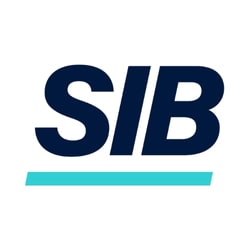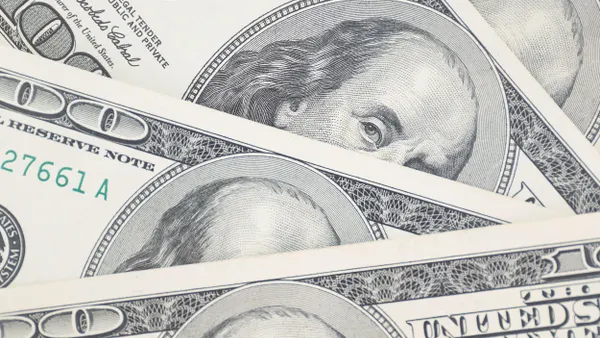Dive Brief:
- Growth in the U.S. service sector slowed last month to just above stall speed as the impact from tariffs pushed up prices and employment fell for the fourth time in five months, the Institute for Supply Management said Tuesday.
- Finance, transportation, wholesale trade and eight other service industries grew in July while seven shrank, including food services and accommodation, construction and mining, the ISM found in a monthly survey. The ISM’s index of services declined to 50.1 from 50.8 in June. A reading below 50 signals contraction.
- “The most common topic among survey panelists remained tariff-related impacts, with a noticeable increase in commodities listed as up in price,” Steve Miller, chair of the ISM services business survey committee, said in a statement. Continued contraction in employment and a faster gain in prices “are worrisome developments,” Miller said.
Dive Insight:
Consumer spending on both services and goods has slumped this year compared with last year, growing just 1.4% during the second quarter, or half the pace during the same period in 2024, the Commerce Department reported on July 30.
“The clear deterioration in the labor market and drag on real incomes from tariffs suggest a marked recovery is unlikely,” Oliver Allen, senior U.S. economist at Pantheon Macroeconomics, said, referring to spending on services.
“Even so, we think stagnation in the coming months is far more likely than a collapse,” he said Tuesday in a client note.
The job market cooled during the past three months, the Bureau of Labor Statistics said Friday, as companies slowed hiring amid the uncertain outlook for trade and other Trump administration policies.
Employers added a less-than-forecast 73,000 workers in July, and revisions cut job growth in June and May by a total of 258,000, the BLS said. Unemployment increased 0.1 percentage point to 4.2%.
After release of the less-than-forecast employment numbers, President Donald Trump fired the BLS commissioner, alleging that the bureau “rigged” the data.
Job seekers face a bigger challenge finding employment, and a growing share of workers are involuntarily on the job part time rather than full time, the Conference Board said Monday. The organization’s Employment Trends Index declined from 108.19 in June to 107.55 in July, the lowest level since October.
Along with the cooling labor market, inflation exceeding the Federal Reserve’s 2% long-run goal is also discouraging consumers from spending.
Price pressures will likely rise as tariffs bite in coming months, according to both public- and private-sector economists.
Consumers already face an average tariff rate of 18.3%, the highest since 1934, the Yale Budget Lab said Friday.
Higher import duties set by Trump this year will likely push up short-term prices by 1.8% in the short-run, imposing a $2,400 income loss for the average household, the Yale Budget Lab said.
“Consumers are a bit more careful,” Procter & Gamble CFO Andre Schulten said during an earnings call with analysts on July 29. “We see consumption trends consistently decelerating, not significantly, but we see a deceleration in the U.S.”
Service sector companies also face mounting price pressures, the ISM said, noting that its prices paid index rose from 67.5 in June to 69.9 in July, the highest level since October 2022.














